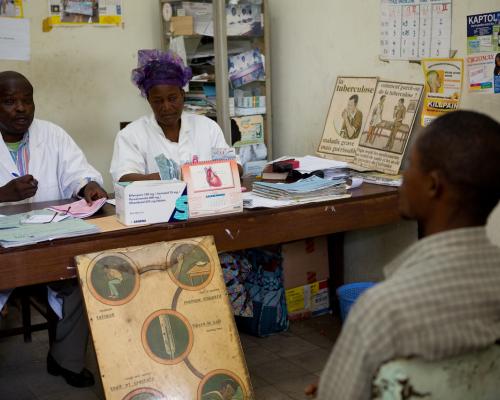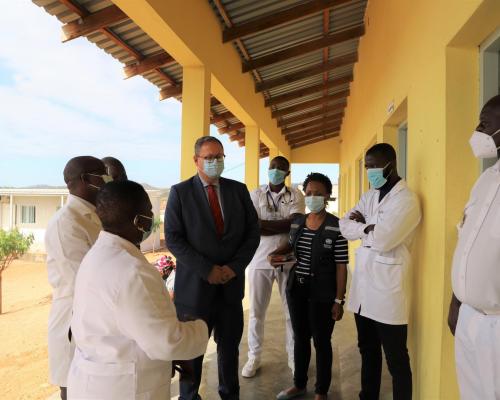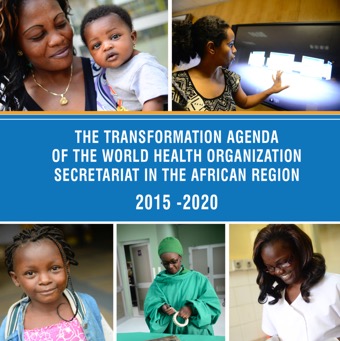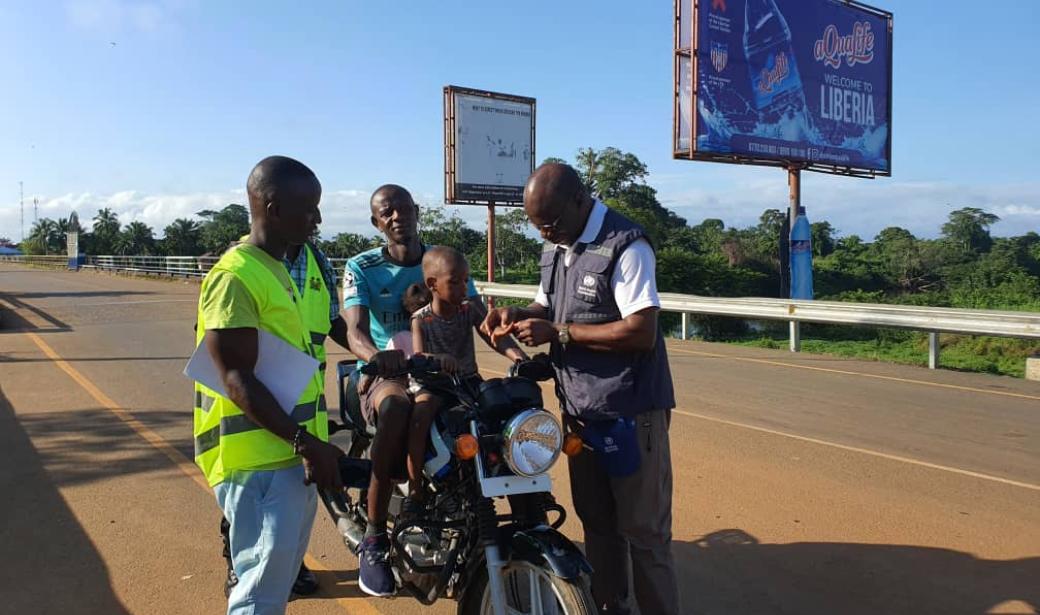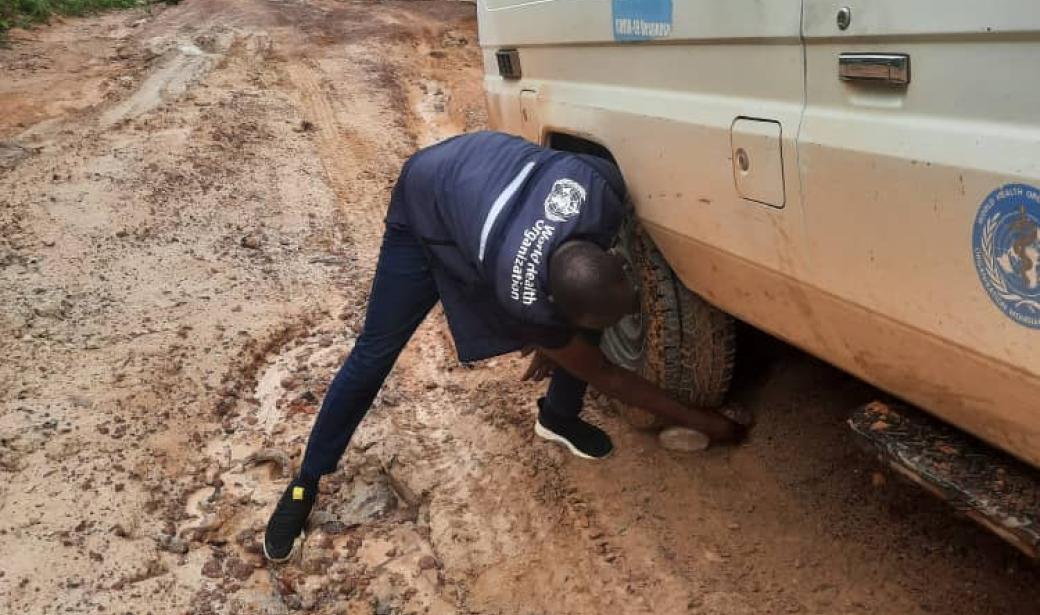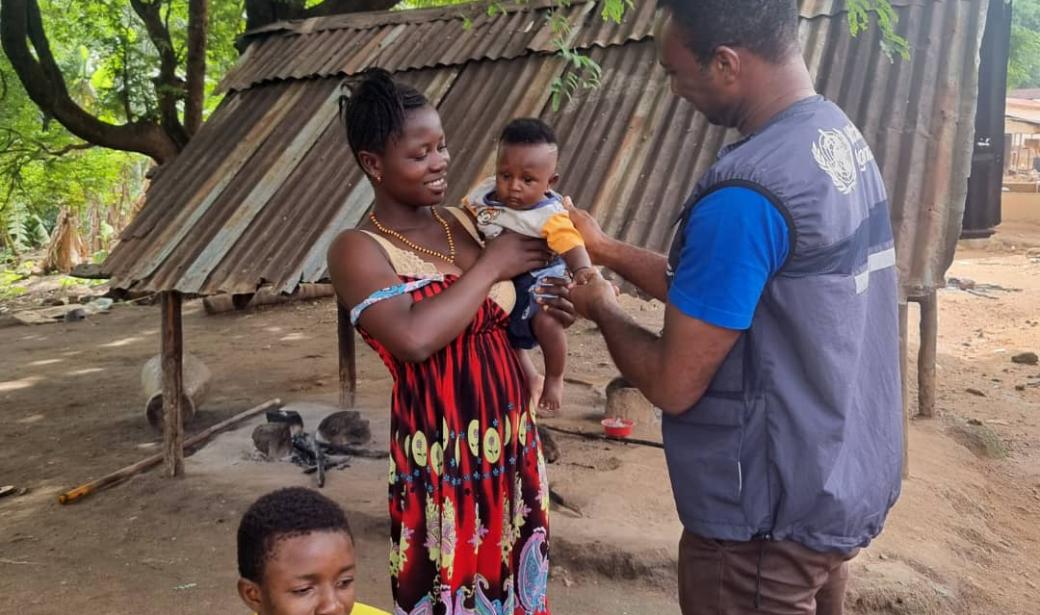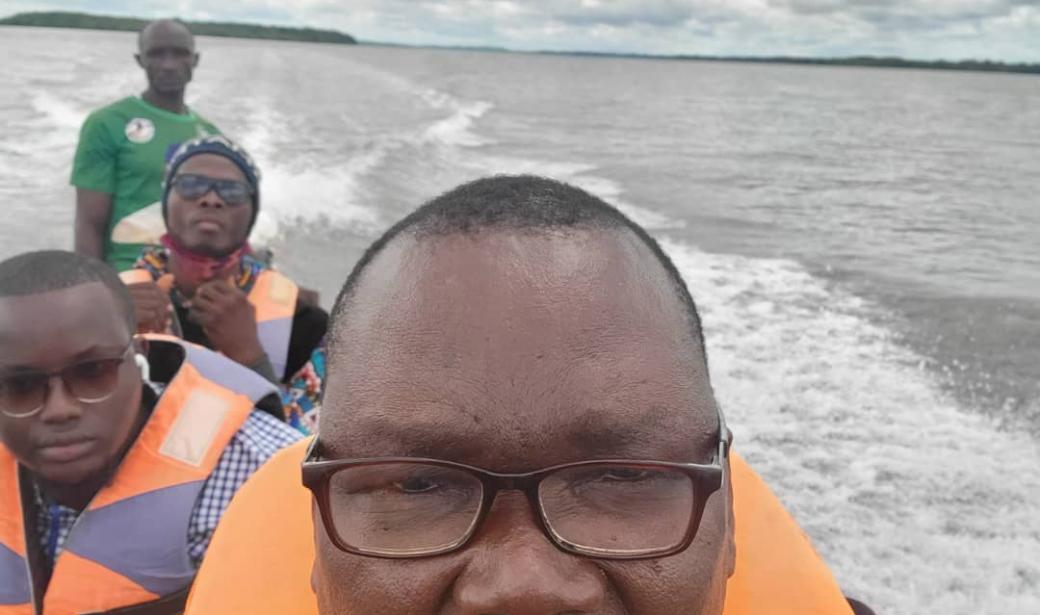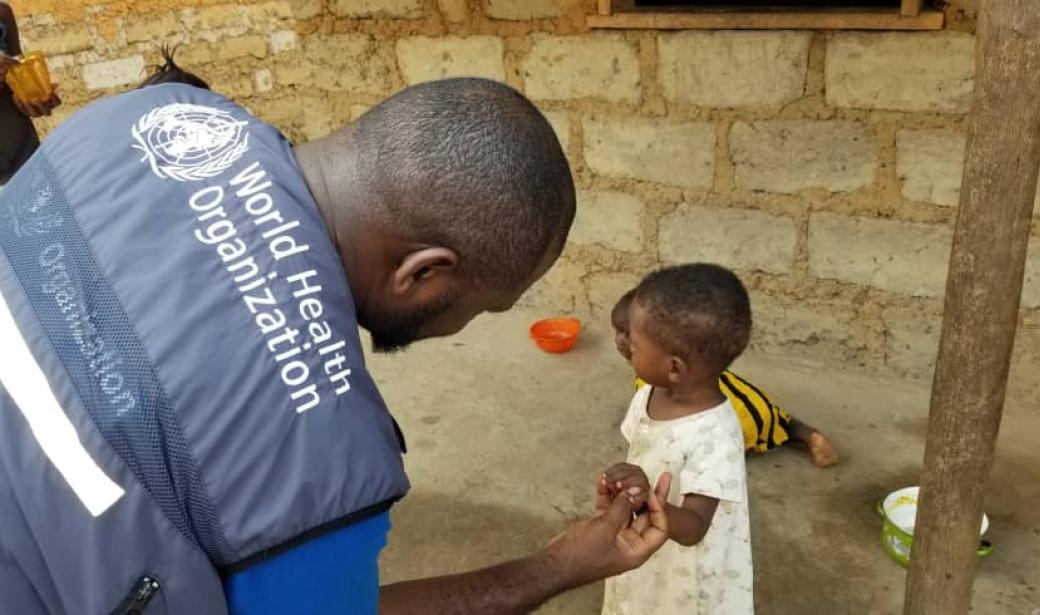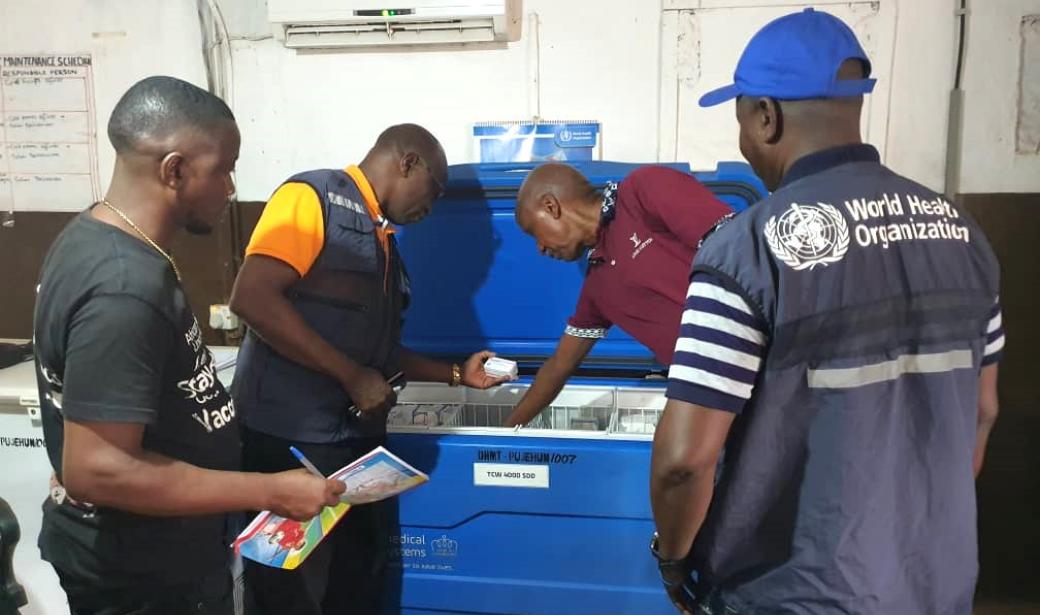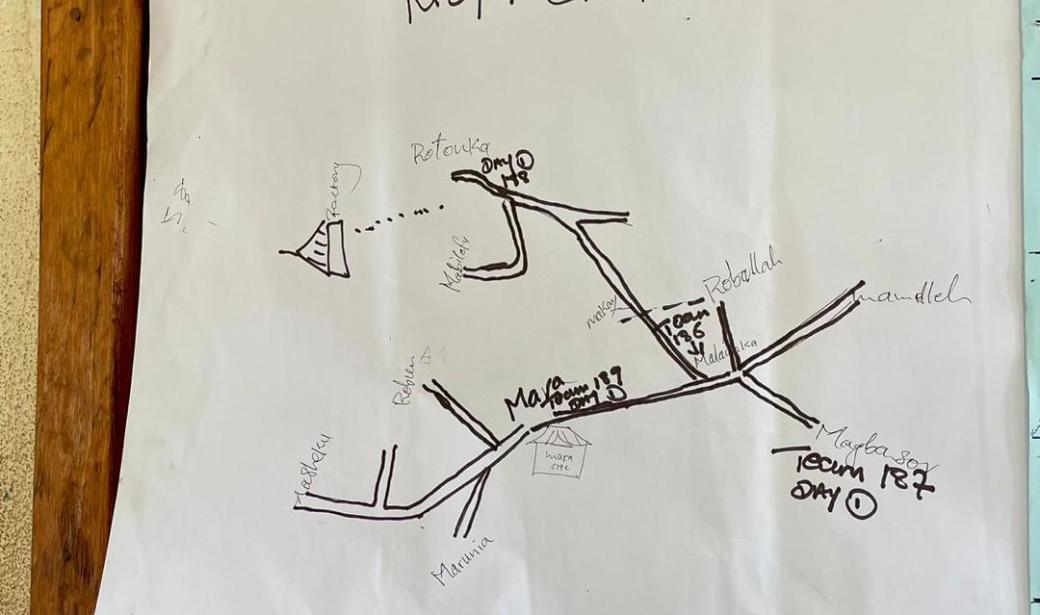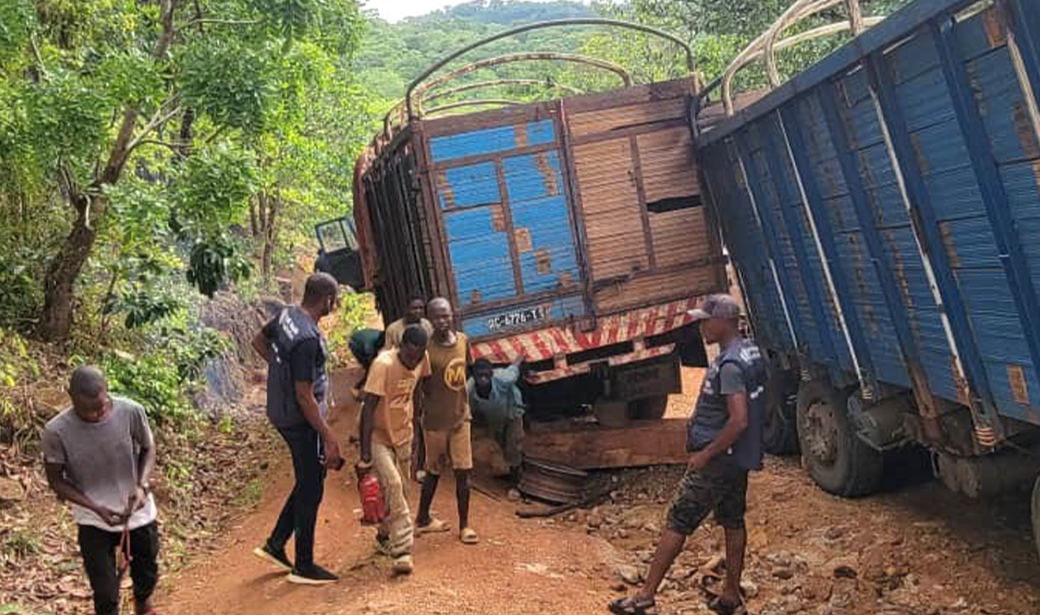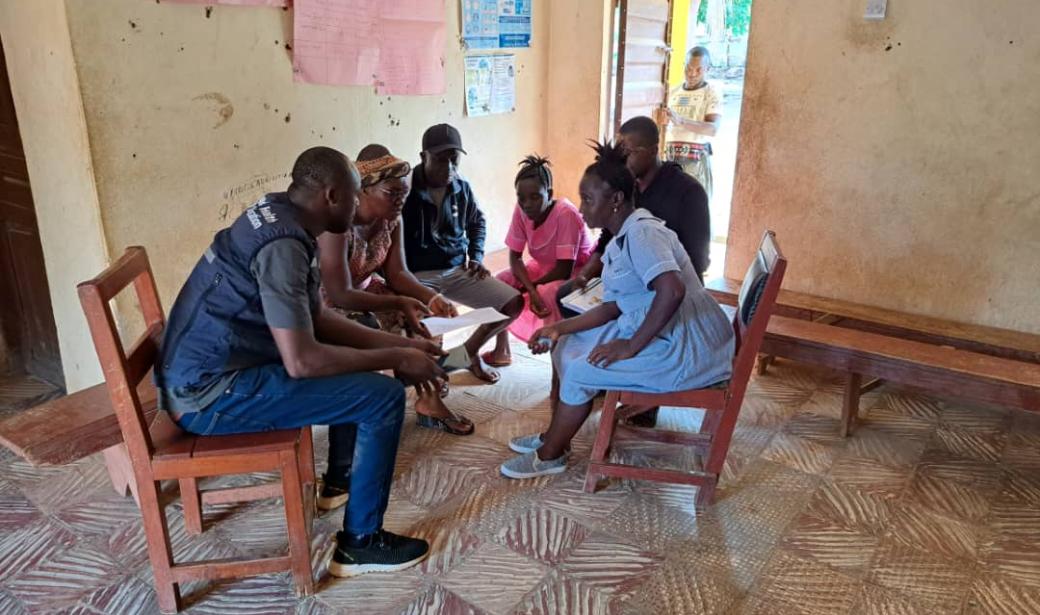Freetown - In March 2024, the government of Sierra Leone declared a polio outbreak in the country implying that unvaccinated children were vulnerable to the type 2 poliovirus (cVDPV2). In April, WHO and other GPEI partners supported MOH to undertake the 1st round of the nation-wide vaccination campaign to control the spread of the poliovirus that had been detected in environmental samples. The 1st round covered all 16 districts reaching close to 1.7 million children under 5 years.
In the build-up to the first round, WHO supported the Ministry of Health to collect more samples and transport them to a reference laboratory, conduct additional investigations and strengthen mass mobilization of communities to take the vaccine, all requiring significant financial and technical resources, in total with the support of GPEI donors investing more than US $1.2 million in round 1 and 2 of the campaigns.
During the second round of the national polio vaccination campaign that kicked off on 8 June 2024, 13,958 mobile and static teams are supporting to reach a target of more than 1.5 million children under five years across Sierra Leone. WHO in collaboration with the Sierra Leonian health authorities and partners is supporting these efforts as part of the outbreak response in the country.
Throughout this process, WHO dedicated staff and teams guide and support the vaccination process. From training vaccinators to delivering vaccines and monitoring their administration and coverage, much time and effort from thousands of people go into keeping children safe across Sierra Leone.
WHO Sierra Leone
Email: sharkahm [at] who.int (sharkahm[at]who[dot]int)
